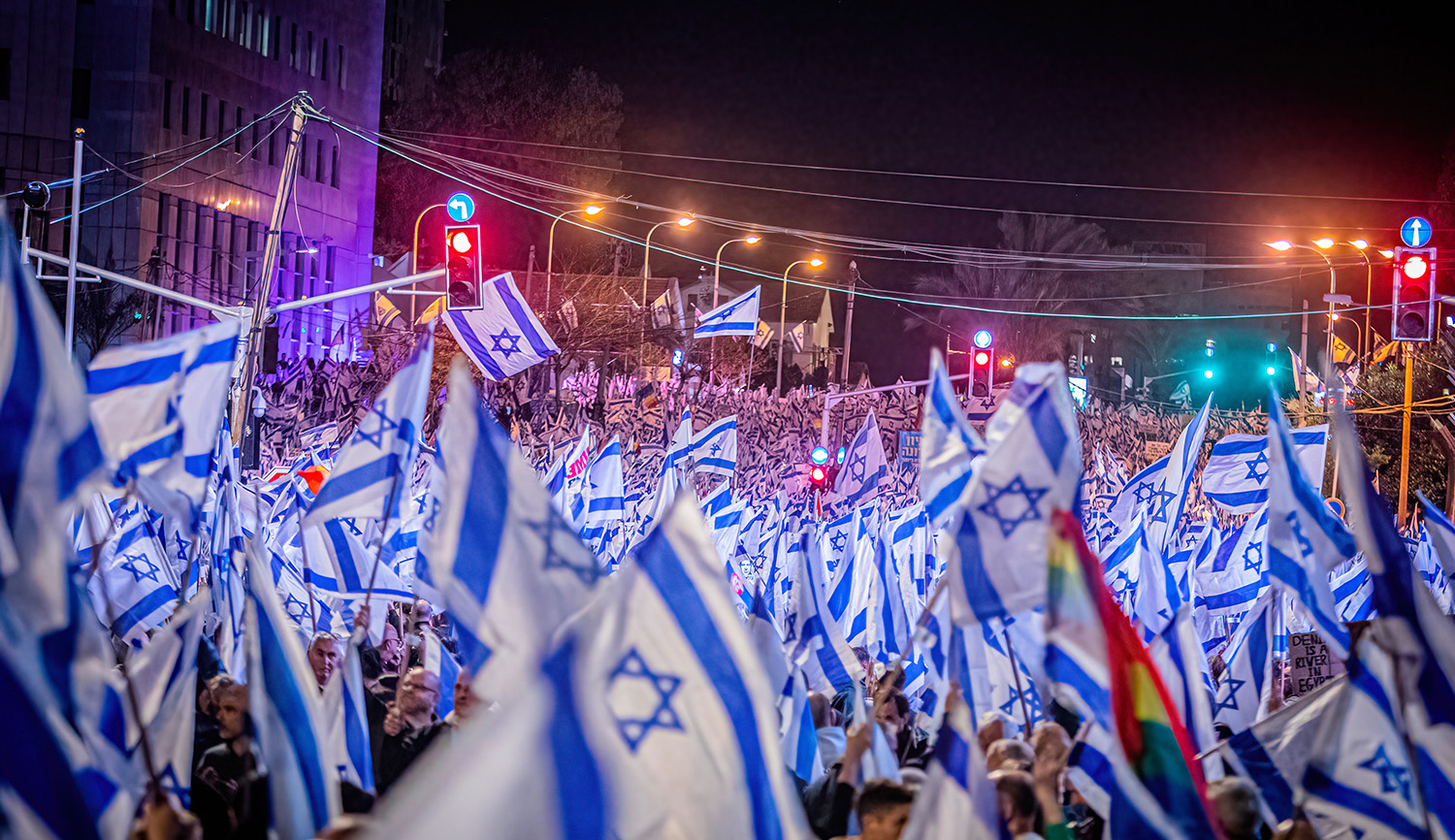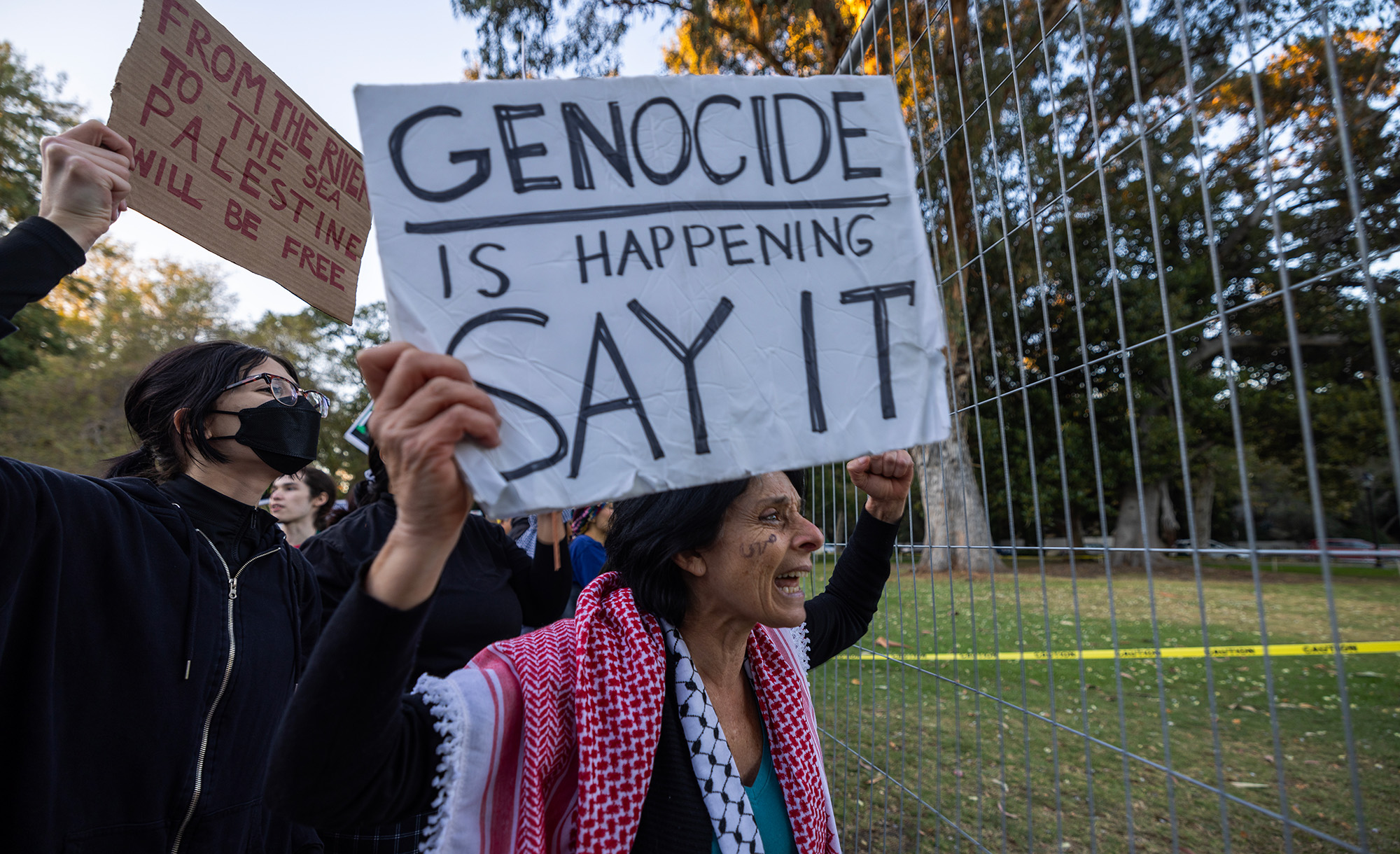For some time, opponents of U.S support for Israel have been urging the White House to end the war in Gaza, or simply calling for a ceasefire. Douglas Feith and Lewis Libby consider what such a result would actually entail:
Ending the war immediately would allow Hamas to survive and retain military and governing power. Leaving it in the area containing the Sinai-Gaza smuggling routes would ensure that Hamas can rearm. This is why Hamas leaders now plead for a ceasefire. A ceasefire will provide some relief for Gazans today, but a prolonged ceasefire will preserve Hamas’s bloody oppression of Gaza and make future wars with Israel inevitable.
For most Gazans, even when there is no hot war, Hamas’s dictatorship is a nightmarish tyranny. Hamas rule features the torture and murder of regime opponents, official corruption, extremist indoctrination of children, and misery for the population in general. Hamas diverts foreign aid and other resources from proper uses; instead of improving life for the mass of the people, it uses the funds to fight against Palestinians and Israelis.
Moreover, a Hamas-affiliated website warned Gazans last month against cooperating with Israel in securing and delivering the truckloads of aid flowing into the Strip. It promised to deal with those who do with “an iron fist.” In other words, if Hamas remains in power, it will begin torturing, imprisoning, or murdering those it deems collaborators the moment the war ends. Thereafter, Hamas will begin planning its next attack on Israel:
Hamas’s goals are to overshadow the Palestinian Authority, win control of the West Bank, and establish Hamas leadership over the Palestinian revolution. Hamas’s ultimate aim is to spark a regional war to obliterate Israel and, as Hamas leaders steadfastly maintain, fulfill a Quranic vision of killing all Jews.
Hamas planned for corpses of Palestinian babies and mothers to serve as the mainspring of its October 7 war plan. Hamas calculated it could survive a war against a superior Israeli force and energize enemies of Israel around the world. The key to both aims was arranging for grievous Palestinian civilian losses. . . . That element of Hamas’s war plan is working impressively.
Read more at Commentary
More about:
Gaza War 2023, Hamas, Joseph Biden


